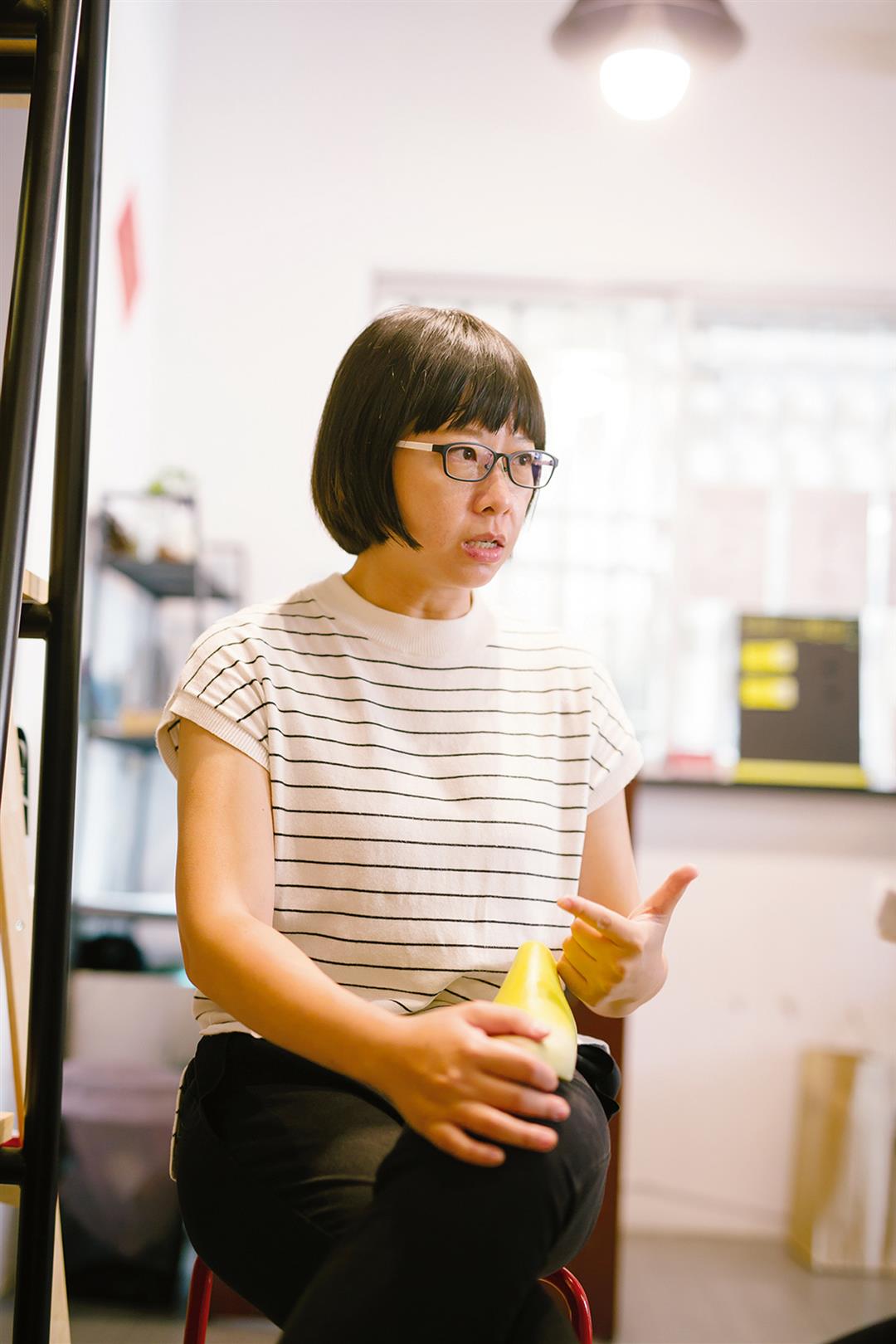Personal ties
Huang Milu, the owner of PetitDeer Curatorial Studio and a frequent curator of fairs and exhibitions, says, “People from Taichung are grounded and stubborn. If you want to put down roots in the city, you’re better off developing relationships than flashing titles and certifications.”
Less highly commercialized than Taipei, the city’s makeup retains traces of traditional village culture. And while Taipei’s creative and cultural workers often go it alone, those in Taichung for the long haul have to take the time to weave extensive interpersonal networks that will not only provide them with information and resources, but also facilitate cooperation.
Tracing the threads of these interpersonal connections reveals the patterns in the fabric of the city’s creative and cultural industry.
Rita Ho and Reean Jan used to work together at a Taichung shoe manufacturer, where their duties coordinating with OEM customers and raw materials suppliers gave them a thorough grasp of the shoemaking process. After the company announced its closure, the two women went on to establish Laney Shoes in 2014. Chen Yunhan, manager of the Art Museum Parkway commercial district association, helped them arrange to share a storefront on Wuquan 8th Street with leather-goods maker Sensiashu, giving rise to a leather studio with a rich array of products.
Maggie Chang, founder of Vingt Six, produced her first shoulder bag, one shaped like a skirt and featuring a soft exterior and firm interior, to meet her own needs. She went on to open a stall, take the bag to market, and forge connections with other young designers in her field. The young designers shared ideas and information among themselves, and then rented a studio together. Their friendly relationship and mutual support eventually led to Chang selling her products overseas, and, in 2016, opening a designer boutique: O.Office.

To further her shoemaking mission, as well as managing her own brand Rita Ho offers lectures on establishing businesses that make shoes by hand, and works with shoe producers to pass on shoemaking techniques.